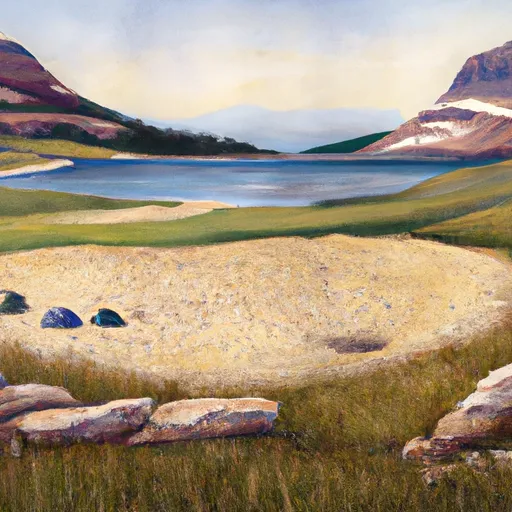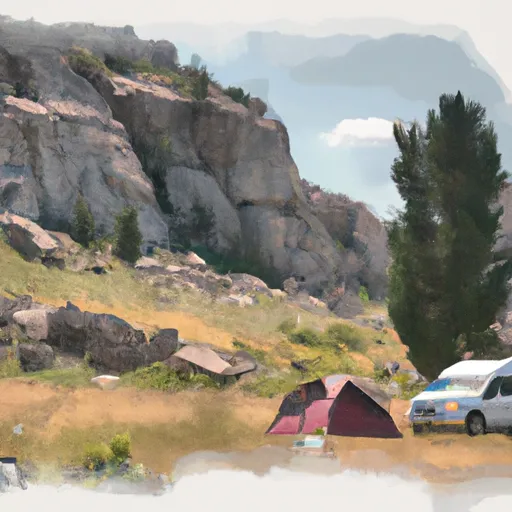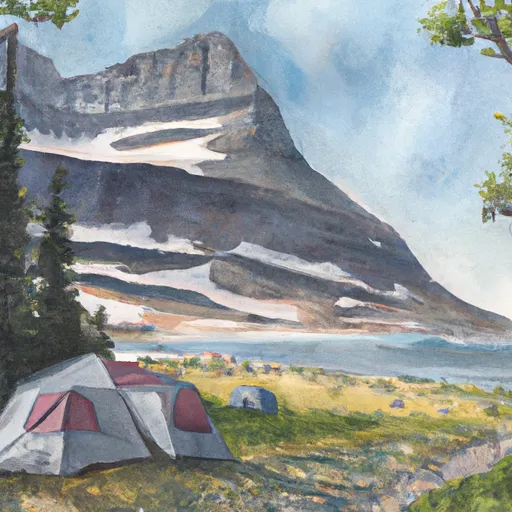Summary
With a towering elevation of approximately 10,773 feet, it offers breathtaking views of the surrounding landscape. This majestic mountain is known for its distinctive cap-like shape, which resembles the headwear worn by bishops. The name "Bishops Cap" is believed to have originated from early climbers who were inspired by this unique feature.
As for the snowpack range, Bishops Cap experiences significant snowfall during the winter season. The snowpack on the mountain can vary depending on weather patterns, but it typically ranges from several feet to over ten feet in depth. This makes Bishops Cap a desirable destination for mountaineers and backcountry skiers seeking thrilling winter adventures.
The melting snow from Bishops Cap contributes to the formation of several creeks and rivers in the region. One notable creek that receives runoff from the mountain is the [insert name] Creek. This water source not only sustains the local ecosystem but also provides recreational opportunities such as fishing and kayaking downstream.
While Bishops Cap is rich in natural beauty and adventurous possibilities, it is crucial to approach its exploration with caution and preparation. As with any mountainous terrain, climbers and hikers should be equipped with proper gear, knowledge of weather conditions, and adhere to safety guidelines.
Weather Forecast
Regional Streamflow Levels
6,950
Cubic Feet Per Second
4,310
Cubic Feet Per Second
14,600
Cubic Feet Per Second
1,670
Cubic Feet Per Second
Area Campgrounds
| Location | Reservations | Toilets |
|---|---|---|
 Cracker Lake
Cracker Lake
|
||
 GRANITE PARK
GRANITE PARK
|
||
 Granite Park campsite
Granite Park campsite
|
||
 MANY GLACIER
MANY GLACIER
|
||
 Reynolds Creek
Reynolds Creek
|
||
 Many Glacier campground
Many Glacier campground
|
